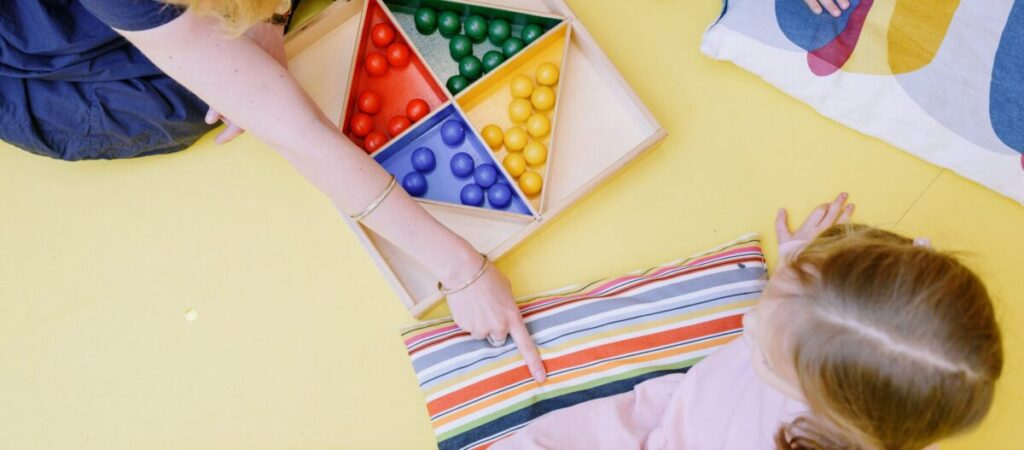There are an array of toys that are good for autistic children. They can help with a variety of developmental needs, including sensory integration, communication, and social interaction.
These toys can be used to help children with autism spectrum disorder (ASD) develop skills and improve their quality of life.
Sensory toys
Sensory toys, such as fidget spinners, squishy balls, and textured blocks, can be very beneficial for children with sensory processing disorders.
These types of toys can help children with ASD to focus and calm down, as well as to develop their sense of touch, taste, smell, and hearing.
Sensory toys can also help children to improve their fine motor skills, such as grasping and manipulating objects.

Communication toys
Communication toys, such as picture communication boards and social stories, can help children with language and social skills.
These types of toys can help children with ASD to understand and express their thoughts and feelings.
Picture communication boards, for example, use symbols or pictures to help children communicate and can also be used to help children learn new words and concepts.
Social stories, on the other hand, use pictures and text to help children understand and practice different social situations.
Fine motor skills
Fine motor skill toys, such as lacing beads and puzzles, can help with dexterity and hand-eye coordination.
These types of toys can be used to help children with ASD improve their fine motor skills and develop their spatial awareness.
Lacing beads, for example, can help children to improve their dexterity and hand-eye coordination, while puzzles can help children to develop their problem-solving skills and spatial awareness.
Social interaction toys
Social interaction toys, such as dolls or action figures, can help children practice social interactions and role-playing.
These types of toys can be used to help children with ASD learn how to interact with others, take turns, and understand different social cues.
Dolls, for example, can be used to teach children how to take care of others and to develop their nurturing skills.
Action figures, on the other hand, can be used to teach children how to take turns and to develop their cooperative skills.
Summary
It’s important to remember that every child is unique and may have different interests and needs. It’s best to consult with an occupational therapist or other professional to determine which toys may be most beneficial for an individual child.
With the right toys, children with autism can improve their skills, gain confidence, and have fun.
So when you are perhaps buying toys for autistic children consider the individual, their needs and their preferences and you won’t go too far wrong.
Feel free to browse our archive for more information on raising an autistic child. Alternatively you can visit the UK’s National Autistic Society’s website.

